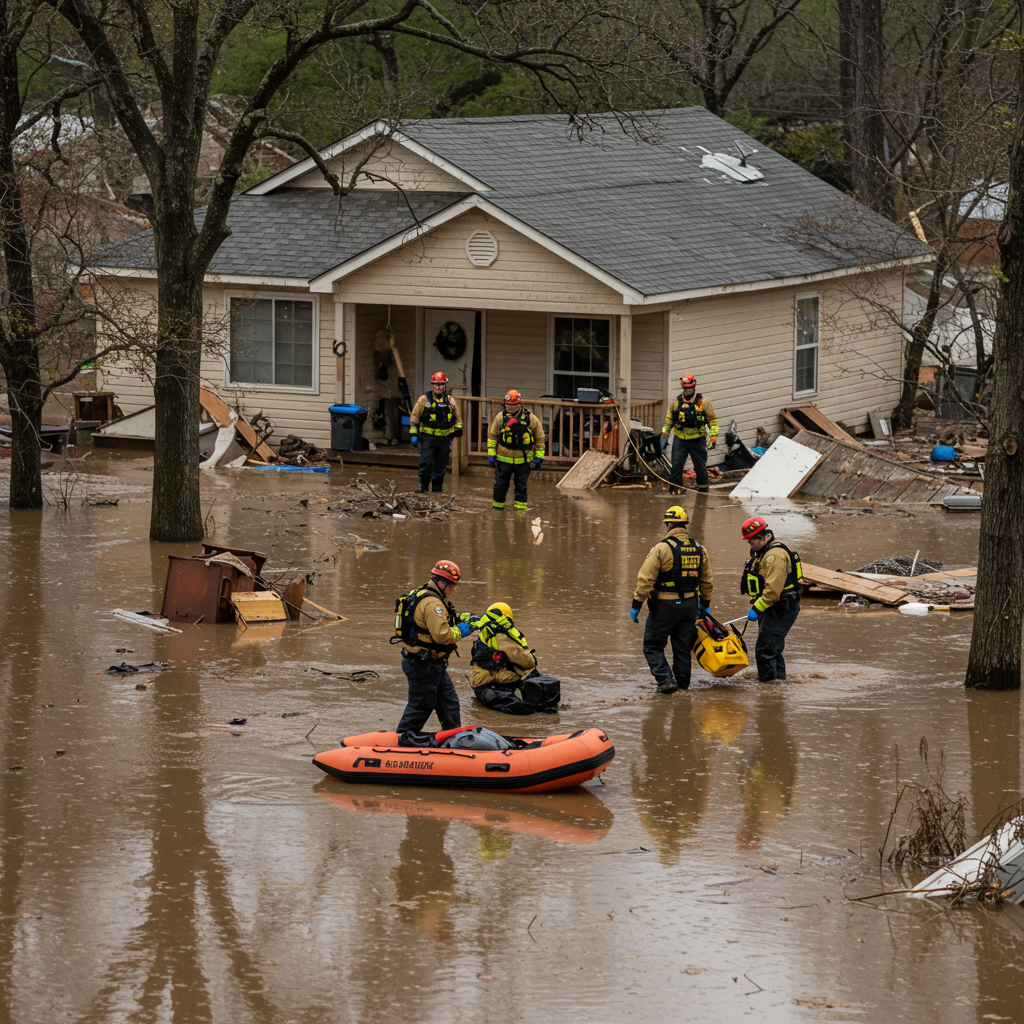Hopes are rising for a breakthrough in the prolonged conflict gripping Gaza. A senior US official, Special Envoy Steve Witkoff, has indicated that a potential ceasefire agreement is nearing completion. Speaking from the White House, Witkoff conveyed optimism, suggesting a finalized deal could arrive by the end of the current week. This comes amidst intense diplomatic efforts involving key international players and leaders.
The devastating situation in Gaza underscores the urgency of these negotiations. Months of intense conflict have resulted in catastrophic loss of life, with reports indicating over 57,000 Palestinians killed and tens of thousands more wounded. Nearly the entire population of the enclave faces internal displacement, and widespread famine is a growing threat. United Nations experts and human rights organizations have used strong language to describe the scale and impact of Israel’s military campaign.
US Envoy Points to Progress in Proximity Talks
Special Envoy Steve Witkoff, an aide to United President Donald Trump, detailed the state of the complex negotiations. He explained that proximity talks between the involved parties are actively underway. Encouragingly, Witkoff noted significant progress, stating that discussions initially focused on four key issues. After just two days of these talks, the number of unresolved issues has reportedly narrowed down to only one.
“We are hopeful that by the end of this week, we will have an agreement that will bring us into a 60-day ceasefire,” Witkoff told reporters. This proposed temporary truce is seen by the Trump administration as a potential stepping stone. They expressed belief that such a deal could ultimately contribute to establishing a “lasting peace in Gaza.” The focus now is on bridging the final gap to secure this initial pause in hostilities.
Specifics of the Proposed Ceasefire Package
Details of the proposed 60-day ceasefire agreement provide a clearer picture of what is on the table. According to reports, Israel has formally signed off on the proposal. The agreement centers heavily on a significant exchange of captives and prisoners.
Under the terms reportedly awaiting a response from hamas, the militant group would release 10 living Israeli hostages. Additionally, the remains of 18 deceased hostages would be returned. In return, Israel would release a substantial number of Palestinian prisoners. This includes 125 individuals currently serving life sentences, alongside 1,111 other Palestinian detainees. The remains of 180 deceased Palestinians would also be part of the exchange. The proposal outlines a phased release process for the captives.
Humanitarian Aid and Military Restrictions Included
Beyond the exchange of people, the draft agreement addresses critical humanitarian needs. It stipulates that humanitarian aid must be sent into Gaza immediately once Hamas agrees to the deal. This aid is intended to be distributed through established and agreed-upon channels. These include organizations like the United Nations and the Red Crescent, aiming to alleviate the dire conditions on the ground.
The proposal also details specific restrictions on military activities during the 60-day period. All Israeli offensive military actions in Gaza would cease upon the agreement taking effect. Furthermore, the plan includes a daily cessation of aerial movement over the Gaza Strip for a significant duration. This aerial pause is planned for 10 hours each day. During the actual exchange of hostages and prisoners, this period would be extended to 12 hours daily.
Conflicting Signals from Leaders and Negotiators
While US envoy Witkoff expresses optimism, the path to an agreement remains complex due to varying stances from key figures. United President Donald Trump, meeting with Israeli Prime Minister Benjamin Netanyahu, also voiced hope. Trump stated they were “very close to an agreement on Gaza,” which he described as a “tragedy” both leaders wanted resolved. Gaza was the primary focus of their discussions during Netanyahu’s visit.
However, Prime Minister Netanyahu presented a more guarded perspective publicly. Speaking shortly after meeting with Trump, he asserted that Israel’s military campaign in Gaza was “not done.” Netanyahu reiterated Israel’s objectives, including releasing all hostages and dismantling Hamas’s military and governance capabilities. While acknowledging negotiators were “certainly working” on a ceasefire, his statements highlighted Israel’s commitment to its broader war aims, which could conflict with terms for a permanent end to hostilities.
Hamas, the other principal party, has publicly stated reservations about the current proposal. A senior Hamas official indicated that the deal “fails to meet any of our people’s demands,” particularly concerning guarantees for ending the war permanently and addressing the famine. Despite this, the movement’s leadership is reportedly studying the response with “full national responsibility.” Sources suggest Hamas is seeking clear assurances from the United States that Israel will not resume attacks during the proposed 60-day truce. One key stumbling block reportedly involves where Israeli forces would redeploy within Gaza.
International Mediation Efforts and Political Backdrop
Mediation remains a crucial element in the ongoing efforts to reach a ceasefire. Qatar has confirmed that both Hamas and Israeli delegations are currently in Doha for discussions on the proposal. The Gulf state, along with Egypt, plays a central role in facilitating these proximity talks. A spokesperson for the Qatari Ministry of Foreign Affairs noted “positive engagement” and emphasized mediators are working “around the clock” to build consensus on a framework.
The diplomatic activity occurs against a complex political backdrop. Prime Minister Netanyahu’s visit to the US, his third since Trump’s second term began, included private meetings focusing heavily on Gaza. This visit also drew international attention regarding legal obligations related to an International Criminal Court (ICC) arrest warrant issued against Netanyahu and former defense minister Yoav Gallant. UN Special Rapporteur Francesca Albanese criticized countries like Italy, France, and Greece for allowing Netanyahu to fly through their airspace, arguing they may have failed to meet ICC obligations. This controversy highlights the sensitive international dimension surrounding the leaders involved in these critical negotiations.
The Humanitarian Imperative and Future of Gaza
The dire humanitarian crisis in Gaza serves as a stark reminder of the need for a ceasefire. Beyond the immediate suffering, discussions have also touched on the long-term future of the enclave. Controversial ideas regarding the potential displacement of Palestinians from Gaza have surfaced. Prime Minister Netanyahu suggested the US and Israel are working to ensure such displacement, framing it as encouraging “voluntary migration.”
This concept has been widely criticized by human rights advocates and legal experts. They argue that given the widespread destruction, ongoing siege, and daily attacks, claiming a “free choice” to stay or leave is misleading. Experts assert that under these conditions, leaving constitutes “forced displacement,” which amounts to ethnic cleansing and is prohibited under international law. Reports have also detailed alleged Israeli plans for post-war Gaza, including controlling Rafah and potentially concentrating the population in “tent cities” – a concept some critics have likened to “concentration camps.” These discussions add another layer of complexity and controversy to the efforts to find a path toward peace.
Awaiting Hamas’s Response
As of now, the fate of the proposed 60-day ceasefire hangs in the balance. Israel has accepted the terms presented to them. The proposal has been transmitted to Hamas, which is currently reviewing it. The mediators in Doha, along with the US special envoy and President Trump, are eagerly awaiting Hamas’s official response. This moment represents a critical juncture in the nearly year-long conflict, offering a potential, albeit temporary, respite and a chance for further negotiations towards a lasting peace. The world watches closely to see if this latest diplomatic push will yield the desperately needed pause in hostilities.
Frequently Asked Questions
What are the key terms of the proposed Gaza ceasefire deal?
The current proposal involves a 60-day ceasefire between Israel and Hamas. The core of the deal is an exchange: Hamas would release 10 living Israeli hostages and the remains of 18 deceased hostages. In return, Israel would free 125 Palestinian prisoners serving life sentences, 1,111 other Palestinian detainees, and the remains of 180 deceased Palestinians. The agreement also includes provisions for immediate humanitarian aid delivery into Gaza through approved channels and daily cessations of Israeli aerial military activity over the enclave, lasting 10-12 hours.
Who is involved in mediating the Gaza ceasefire talks?
The primary mediators facilitating the proximity talks between Israeli and Hamas delegations are Qatar and Egypt. These countries host the discussions, with Qatar currently hosting delegations in Doha. The United States, particularly through Special Envoy Steve Witkoff and President Donald Trump, is also deeply involved. The US has presented the proposal to Hamas after Israel’s apparent endorsement and is actively pushing for an agreement.
Why is a potential Gaza ceasefire deal proving difficult to finalize?
Despite US optimism, finalizing a deal faces obstacles. While Israel has accepted the current proposal, Hamas has publicly stated it doesn’t meet all their demands, particularly concerning a guaranteed end to the war and addressing famine conditions. Hamas is reportedly seeking clear assurances from the US regarding Israel’s actions during any truce period. Key specific issues, such as the future redeployment or withdrawal of Israeli forces from Gaza, are also reported to be significant sticking points in negotiations. The fundamental conflict between Israel’s war aims (dismantling Hamas) and Hamas’s demands creates complexity.



